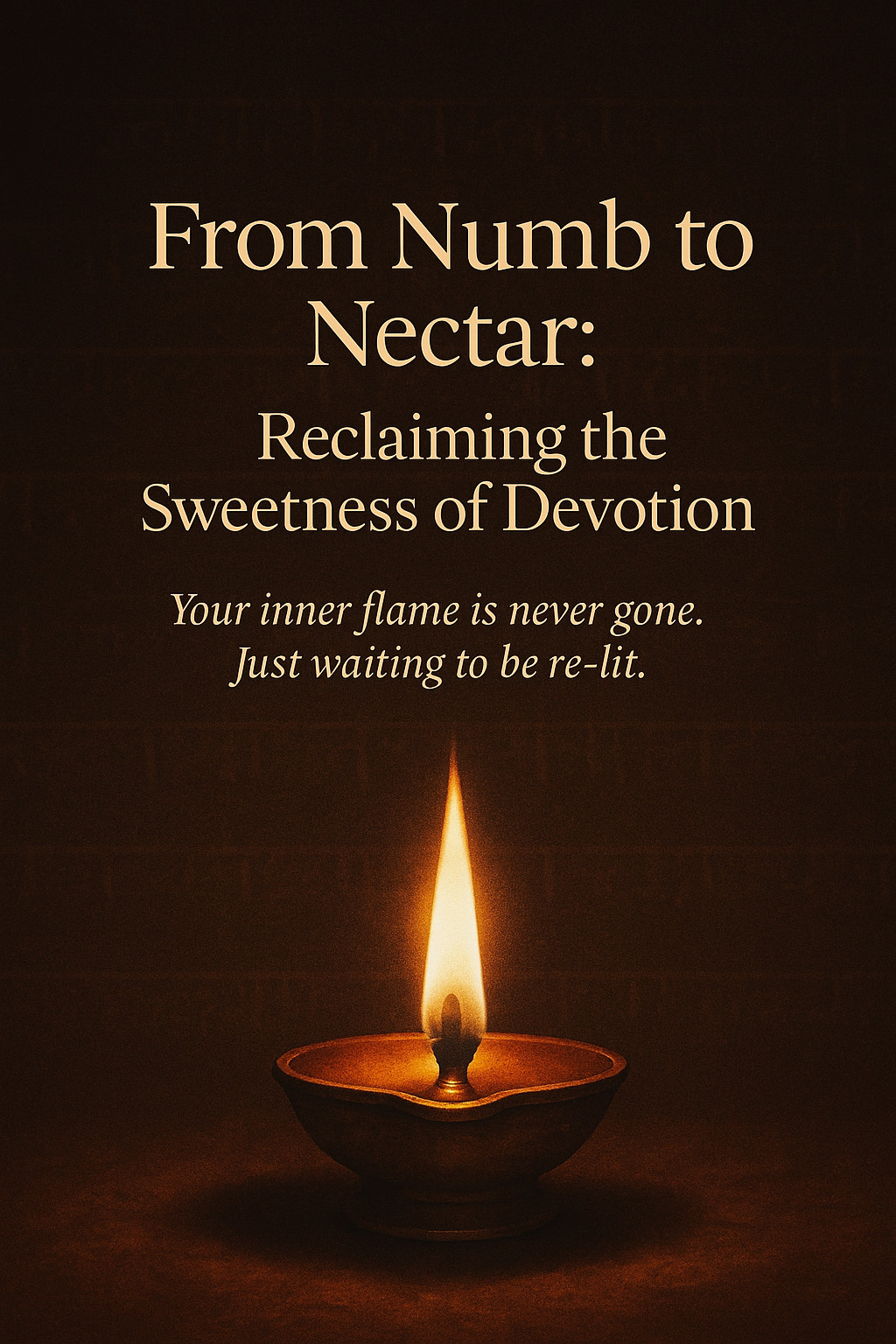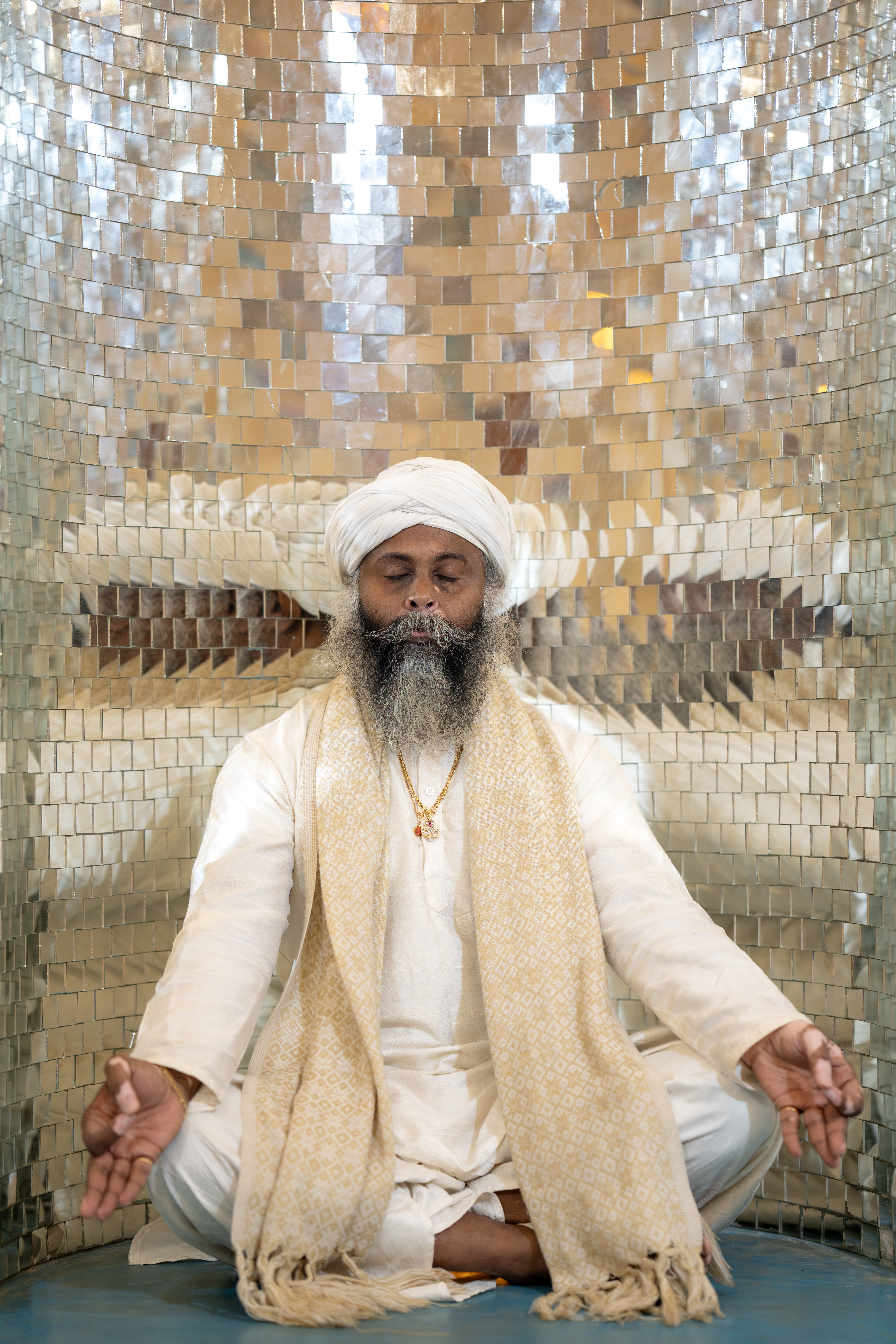Consciousness is the essence of existence, the thread that weaves through every experience, thought, and sensation. Philosophers, scientists, and spiritual practitioners have long sought to define and understand it. One prevalent framework views consciousness as having two foundational components: arousal and awareness. These elements work in tandem, creating the dynamic tapestry of our conscious experience.
In this blog, we will explore these two critical facets of consciousness, their interplay, and their implications for our understanding of self and the universe.
Arousal: The Awakening Spark
Arousal refers to the physiological and neural processes that keep the brain alert and active. Governed by the reticular activating system (RAS) in the brainstem, arousal determines our level of wakefulness and readiness to engage with the world.
Key Features of Arousal:
- State of Wakefulness: Arousal governs whether we are awake, asleep, or in altered states of consciousness like meditation or hypnosis.
- Energy and Alertness: It controls how energized and focused we feel, ranging from deep sleep to hyper-vigilance.
- External Engagement: Arousal connects us to the external environment, enabling us to respond to stimuli.
Arousal and Its Spectrum
Arousal exists on a continuum:
- Low Arousal: Found in states of deep sleep, rest, or calm meditation.
- Optimal Arousal: Associated with focused attention and peak performance.
- High Arousal: Linked to stress, anxiety, or heightened alertness during emergencies.
While arousal is a necessary condition for consciousness, it is not sufficient. It creates the conditions for awareness to arise, much like the stage is set for a play.
Awareness: The Light of Perception
Awareness is the subjective experience of being conscious. It involves recognizing and interpreting stimuli, both internal (thoughts, emotions) and external (sounds, sights). Awareness gives richness and depth to our conscious experience, enabling us to interact meaningfully with the world.
Key Features of Awareness:
- Self-Perception: Awareness includes the ability to recognize oneself as a distinct entity, a hallmark of higher-order consciousness.
- Perception of Environment: It allows us to interpret sensory information and understand our surroundings.
- Abstract Thinking: Awareness extends beyond the present moment, enabling reflection, imagination, and planning.
Levels of Awareness
Awareness also exists on a spectrum:
- Minimal Awareness: Basic sensory perception, such as a reflex response to pain.
- Focused Awareness: High levels of engagement, such as solving a complex problem.
- Expanded Awareness: States of deep insight or transcendence, often described in spiritual practices.
Awareness requires arousal as its foundation, but it transcends mere wakefulness, encompassing the depth and nuance of conscious experience.
The Interplay Between Arousal and Awareness
The relationship between arousal and awareness is intricate and symbiotic:
- Arousal as the Foundation: Without sufficient arousal, awareness cannot function. For example, in deep sleep or a coma, awareness is absent despite the brain’s potential for it.
- Awareness as the Pinnacle: While arousal activates the system, awareness refines and directs it. A highly aroused state without awareness leads to chaotic or reactive behavior, as seen in panic.
This interplay is evident in various states of consciousness:
- Dreaming: High awareness with low arousal.
- Focused Tasks: High awareness and optimal arousal.
- Meditation: Reduced arousal with heightened, inward awareness.
- Coma or Deep Sleep: Low arousal and low awareness.
Implications for Understanding the Self
1. The Balance of Arousal and Awareness
Optimal states of consciousness arise when arousal and awareness are in harmony. For example, mindfulness practices emphasize maintaining alertness (arousal) while cultivating non-judgmental observation (awareness).
2. Altered States and Their Significance
Exploring altered states—through meditation, breathwork, or psychedelics—can expand our understanding of consciousness. These practices often modulate arousal and awareness, revealing deeper layers of the self and existence.
3. Consciousness Beyond the Physical
While neuroscience explains arousal and awareness in terms of brain activity, spiritual traditions suggest a deeper dimension. Awareness, in particular, is often associated with the soul or universal consciousness, pointing to realms beyond physical existence.
Practical Takeaways
- Cultivate Arousal: Practices like exercise, breathwork, and adequate sleep maintain the physiological basis for wakefulness and alertness.
- Deepen Awareness: Meditation, journaling, and reflective practices enhance the subjective experience of consciousness, fostering greater self-awareness.
- Balance Both: Avoid extremes of over-arousal (stress) or under-arousal (lethargy). Find balance through mindfulness and self-care.
Conclusion
Consciousness, with its twin pillars of arousal and awareness, is both a scientific marvel and a spiritual mystery. Arousal provides the spark that awakens us to the world, while awareness illuminates the intricacies of existence. Together, they form the foundation of our being, guiding us through the interplay of body, mind, and spirit.
By understanding and harmonizing these components, we can deepen our connection to ourselves, others, and the universe, unlocking the full potential of conscious living.

